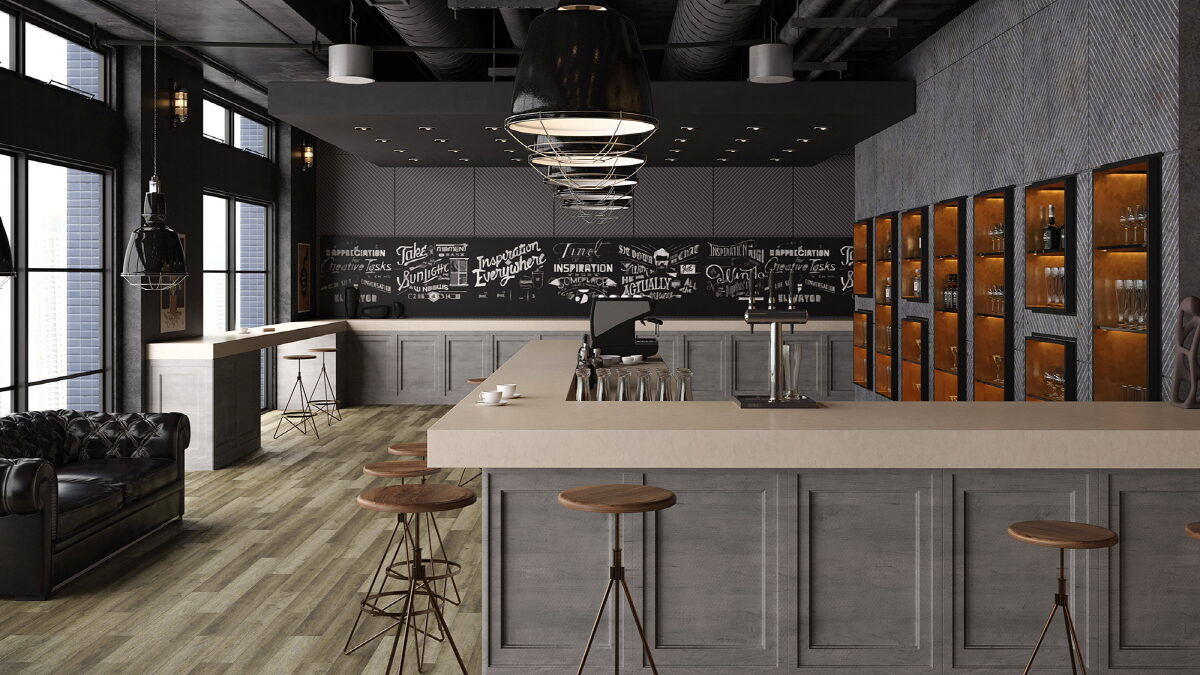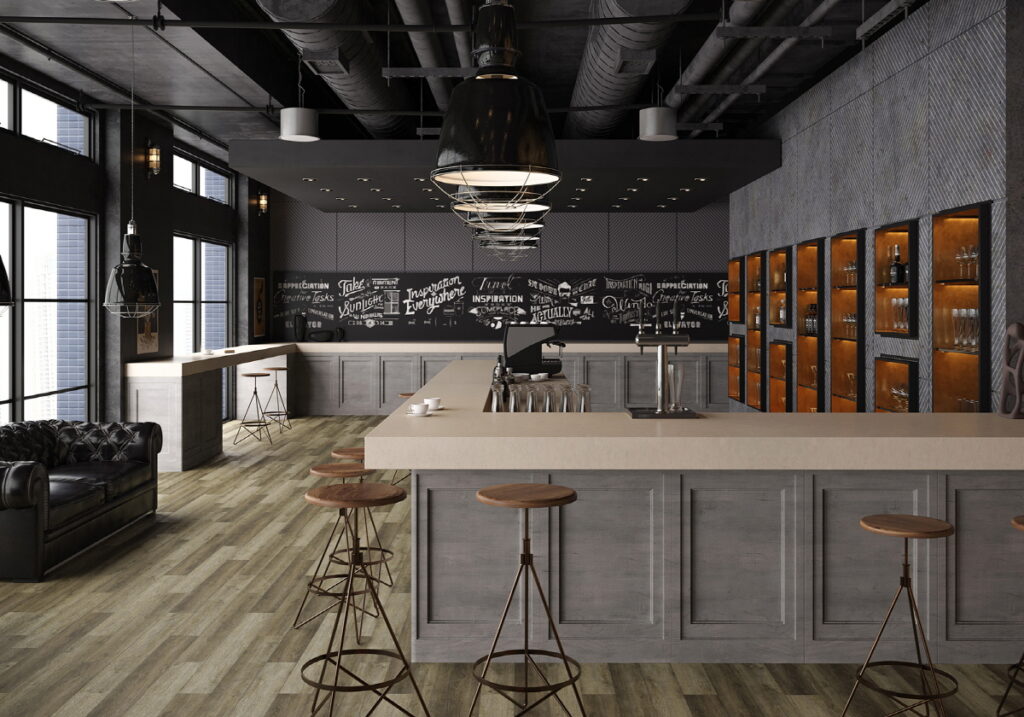
When selecting kitchen flooring materials, the ease of installation is likely a top consideration. This article will focus on the various installation methods for vinyl, stone, and laminate kitchen flooring. By examining the options, you can make an informed decision about the flooring material that meets your needs and is easy to install.
Vinyl Flooring Installation: Luxury Vinyl Tile
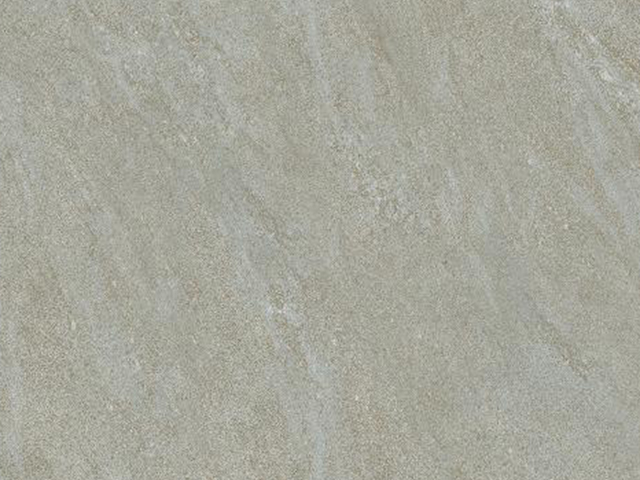
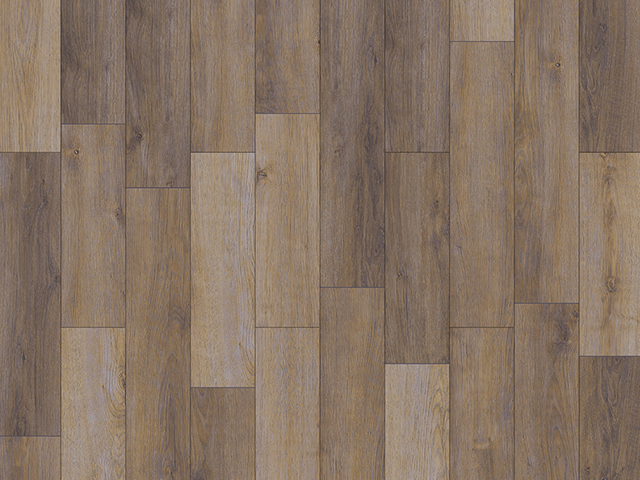
Vinyl Flooring Pros and Cons
Pros
- LVT is fully waterproof
- Vinyl tiles can be installed without professional assistance
- LVT replicates more expensive flooring material
Cons
- LVT is not as durable as other material like tile
- Vinyl can be scratched or dented easily because it is so soft
Vinyl Flooring Installation Cost
Installation Tips
Luxury vinyl tile is easy to work with, comes in various natural-looking selections, and provides a strong, durable floor. Here are some tips to follow if you choose to install it yourself.
- Always read and follow the product directions for your vinyl tile
- Remove the baseboards first, so there are no gaps
- Avoid angle cuts; try trimming the cabinets to slide the tile under
- Consider filling holes on the underfloor with caulk
- Start on the long side of the room
- Avoid obvious pattern duplicates next to each other
Stone Tile Flooring Installation
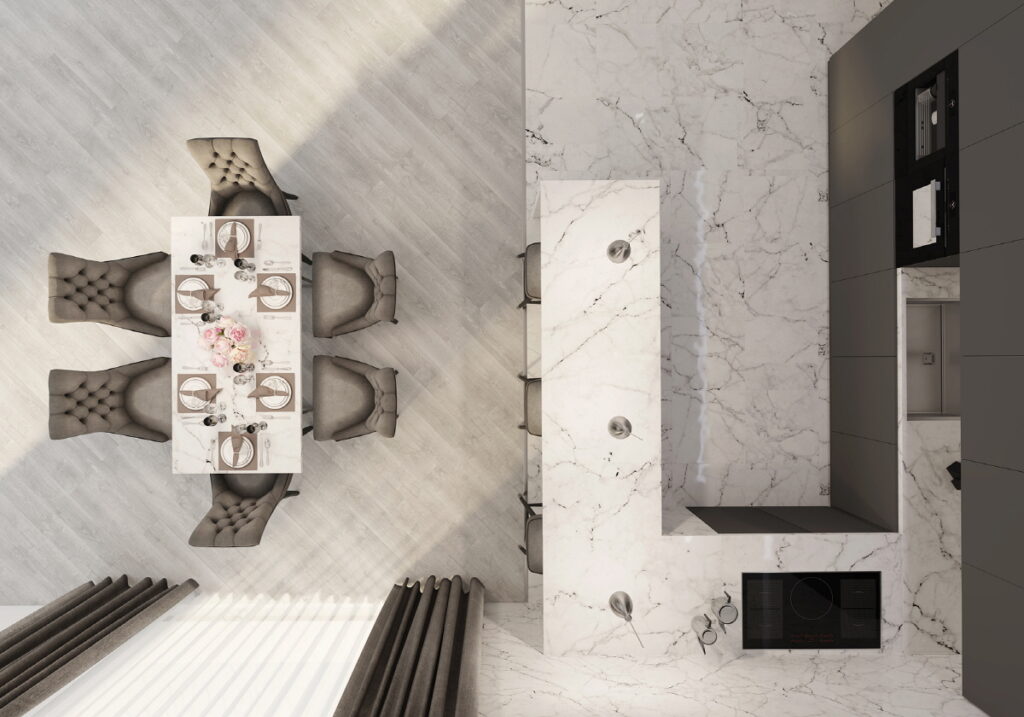
Stone Tile Flooring Pros and Cons
Pros
- Stone tile can withstand heavy foot traffic
- It creates a naturally sophisticated look
- Most stone tile does not attract dust
Cons
- Stone tile flooring can be more expensive
- Stone can scratch easily
- Stone tile is more difficult to replace when damaged
Laminate Flooring Installation

Laminate Flooring Pros and Cons
Pros
- Laminate flooring is durable and can stand up to high traffic
- Laminate is affordable
- Most laminate flooring is made of recycled material
Cons
- Laminate floors are not waterproof, and exposure to liquid can cause staining and buckling
- Can’t be repaired or restored
- Some laminate flooring can have an artificial appearance
Laminate Flooring Installation Cost
Laminate flooring is available in a wide range of prices. At discount flooring stores, it may cost as little as $0.50 and up to $3.00 per square foot. Name brand laminate will usually cost between $3.00 and $8.00. Unless your warranty calls for a professional install, most laminate flooring can be installed by a DIYer, saving further costs.
Installation Tips
- Install the underlayment perpendicular to how the laminate will be installed, to reduce bubbling
- Be sure the subfloor is completely flat to avoid soft spots in the laminate flooring
- Use laminate shears to cut the flooring to size
- Start on the wall that has the most doors
- Use a portion of your new flooring to tap a plank into place, so you don’t damage the laminate
- Consider connecting the ends of a whole row then snapping it in as one long piece
Get Advice for Easiest Kitchen Flooring Installation in LX Hausys
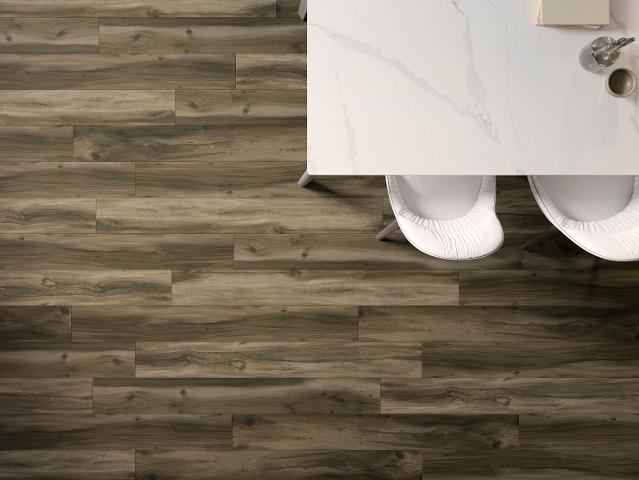
Let’s talk about your next project. If you need help finding the easiest kitchen flooring to install, contact us today and one of our helpful professionals will be in touch soon.

